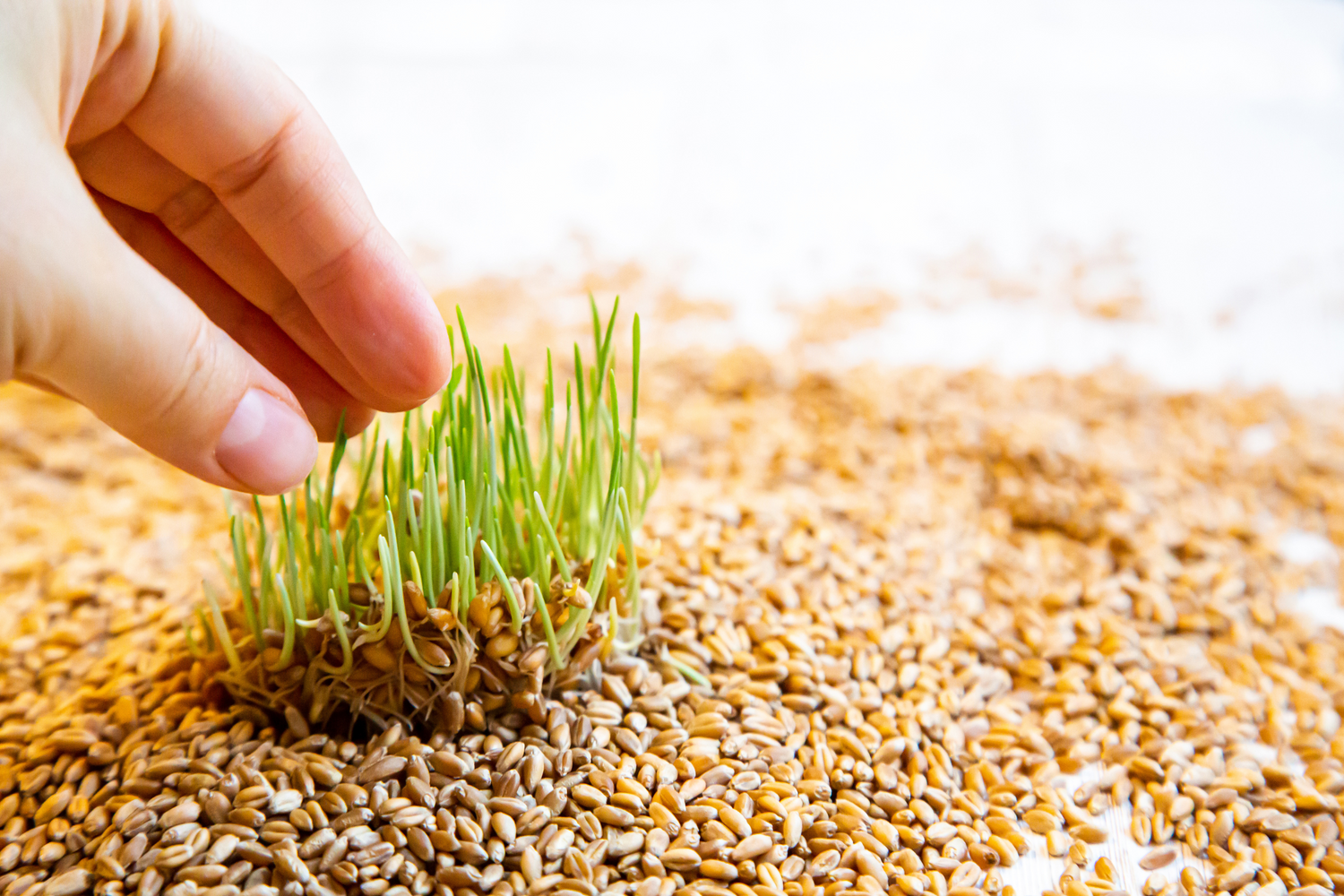When it comes to adding nutrient-dense foods to your diet, seeds are a powerhouse of essential nutrients. From chia seeds to flaxseeds, these tiny gems are packed with protein, healthy fats, fiber, vitamins, and minerals. Incorporating nutrient-dense seeds into your diet can provide a range of health benefits, including improved digestion, heart health, and enhanced energy levels. Plus, they are versatile and can be easily incorporated into various recipes.
Choosing the Right Seeds
Before delving into the creation of nutrient-dense seeds, it’s important to first select the right kind of seeds. Opt for organic, non-GMO seeds whenever possible. Some popular choices include chia seeds, flaxseeds, hemp seeds, pumpkin seeds, and sunflower seeds. These seeds are not only rich in nutrients but also readily available in most grocery stores.

Credit: nutrimill.com
Seed Sprouting Process
One effective way to enhance the nutrient density of seeds is through the sprouting process. Sprouting seeds involves soaking them in water and allowing them to germinate. This process increases the bioavailability of certain nutrients and makes them easier for the body to absorb. To sprout seeds, follow these simple steps:
- Measure the desired amount of seeds and place them in a clean, glass jar.
- Rinse the seeds thoroughly under running water.
- Add water to the jar and cover it with a breathable lid or mesh to allow for proper ventilation.
- Let the seeds soak for the recommended time, depending on the type of seed.
- Drain and rinse the seeds twice a day and continue the process until sprouts appear.
- Once sprouted, the seeds can be consumed raw or used in various recipes.

Credit: www.amazon.com
Germination and Microgreens
Another method to create nutrient-dense seeds is through germination and microgreens. Germination involves allowing seeds to partially grow into young plants, which increases their nutrient content. Microgreens are the tiny, edible greens harvested at this stage. Here’s how to start the germination process:
- Spread a thin layer of organic soil in a tray or container.
- Evenly scatter the seeds over the soil and lightly press them into the surface.
- Mist the seeds with water and cover the tray with a lid or plastic wrap to create a greenhouse effect.
- Place the tray in a well-lit area and ensure proper ventilation.
- Once the seeds have sprouted, the microgreens can be harvested and added to salads, sandwiches, or used as a garnish.
Roasting and Flavoring
Roasting seeds not only enhances their flavor but also increases their crunchiness. To create delicious nutrient-dense seeds, follow these simple steps:
| Seeds | Roasting Instructions |
|---|---|
| Chia seeds | Spread the seeds on a baking sheet and roast at 325°F for 10 minutes, stirring occasionally. |
| Flaxseeds | Preheat a skillet over medium heat, add the seeds, and toast for 5-7 minutes until aromatic. |
| Hemp seeds | Roast the seeds in a dry skillet over medium heat for 3-5 minutes, stirring frequently. |
| Pumpkin seeds | Toss the seeds with olive oil and seasoning, then roast at 375°F for 15-20 minutes. |
| Sunflower seeds | In a bowl, combine the seeds with salt and olive oil, then roast at 300°F for 30 minutes. |
Incorporating Nutrient-Dense Seeds into Your Diet
Once you’ve created nutrient-dense seeds, it’s time to incorporate them into your daily meals. Here are some ideas to help you make the most of these nutritious gems:
- Blend chia or flaxseeds into smoothies for an added nutritional boost.
- Sprinkle hemp or pumpkin seeds over salads or yogurt for a crunchy texture.
- Add roasted sunflower seeds to homemade granola or trail mix for a satisfying snack.
- Use ground flaxseeds as an egg substitute in baking recipes for a healthier twist.
- Top avocado toast with sprouted microgreens for a vibrant and nutrient-rich breakfast option.
Remember, the key to reaping the benefits of nutrient-dense seeds is to consistently incorporate them into your diet. Whether you choose to sprout, germinate, or roast your seeds, these methods can help optimize their nutrient content and make them a delicious addition to your meals. So, go ahead and create your own nutrient-dense seeds to elevate your overall health and well-being!
Frequently Asked Questions On How To Create Nutrient-dense Seeds: The Ultimate Guide To Power Up Your Harvest
How Can I Create Nutrient-dense Seeds?
To create nutrient-dense seeds, start by selecting high-quality seeds and soaking them overnight. Rinse them thoroughly and sprout them in a tray or jar. Provide them with adequate sunlight, water, and proper ventilation. Harvest the sprouts once they have reached the desired length and enjoy their nutrient-packed goodness.
Which Seeds Are Best For Nutrient Density?
Chia, flax, hemp, pumpkin, and sunflower seeds are among the top choices for nutrient-dense seeds. These seeds are rich in essential nutrients like vitamins, minerals, and healthy fats, making them an excellent addition to any diet.
Can I Grow Nutrient-dense Seeds Indoors?
Absolutely! Growing nutrient-dense seeds indoors is a convenient and easy way to enjoy fresh sprouts year-round. Simply select a sunny spot, use a shallow tray or jar, and follow the sprouting process. With proper care and attention, you can grow nutrient-dense seeds indoors successfully.
What Are The Benefits Of Nutrient-dense Seeds?
Nutrient-dense seeds provide numerous health benefits. They are packed with essential nutrients like protein, fiber, vitamins, and minerals. Regular consumption of these seeds can contribute to improved digestion, increased energy levels, better heart health, and enhanced overall well-being.
